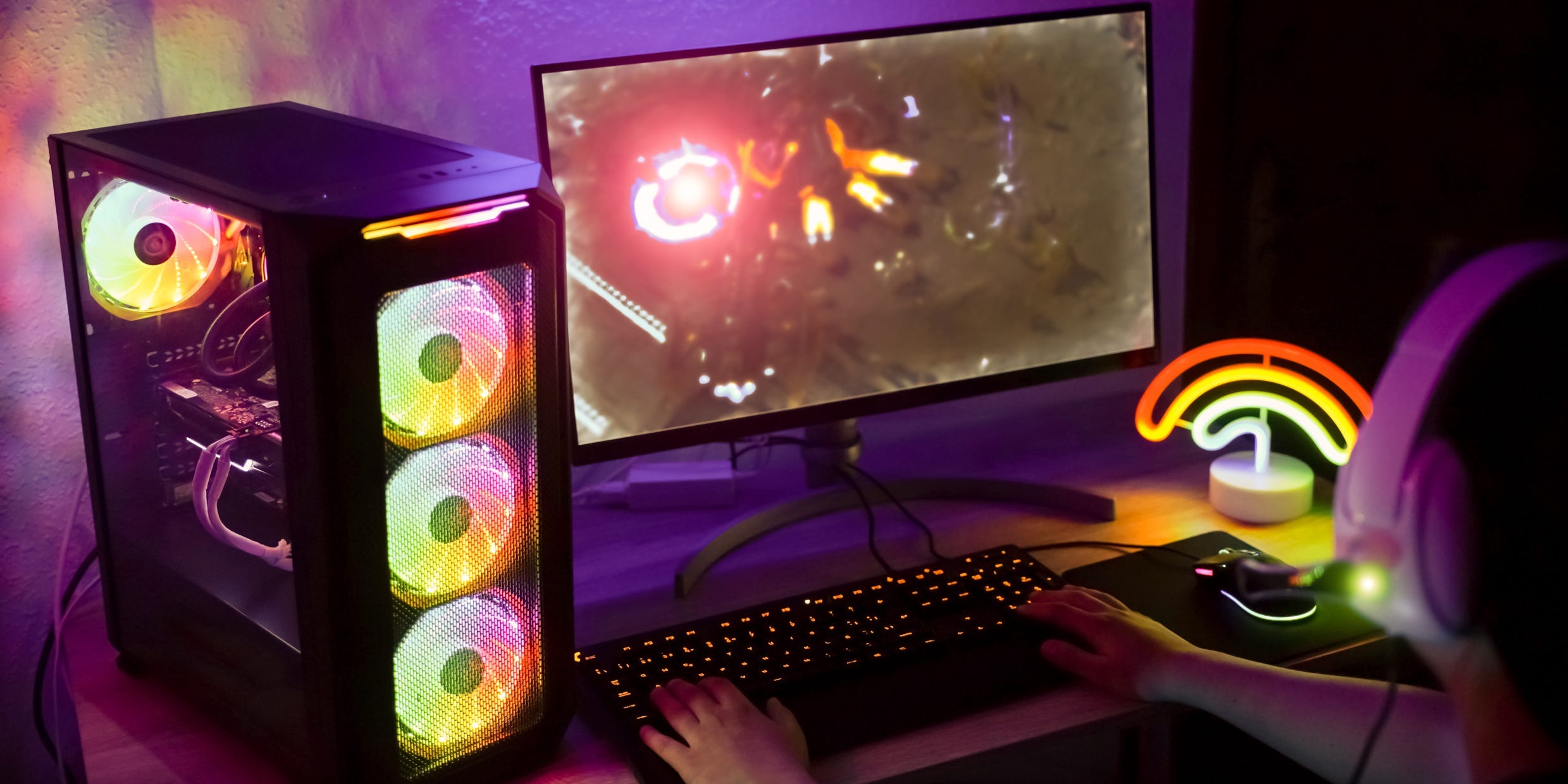
Giuseppe Manfra/Getty Images
- To install a graphics card into your PC, you’ll need to open its case and replace your existing card.
- The graphics card needs to be installed into the PCI Express slot, and then connected to a power source.
- Before you buy a new graphics card, make sure that your new card is compatible with your computer’s case, CPU, and power supply.
- Visit Business Insider’s Tech Reference library for more stories.
Of all the components in a computer, your graphics card becomes outdated the fastest. New graphics cards are released every year, each one boasting more power and features than the last.
If your PC is more than a couple years old, and you’ve already upgraded to a solid-state drive (SSD) rather than a hard disk drive, upgrading your graphics card is the single best way to improve your computer’s performance.
Installing a graphics card isn’t difficult, but it requires opening your computer case and replacing components, so it might seem daunting if you’ve never tinkered inside your computer before.
Here’s a step-by-step guide to replacing your graphics card.
Make sure your new graphics card is compatible
Graphics cards aren’t one-size-fits-all, and the more powerful the card, the more resources it’ll draw from the rest of your computer. Make sure your new card will fit with the rest of your setup before you buy, or you might end up needing to get a refund.
There are usually four main considerations:
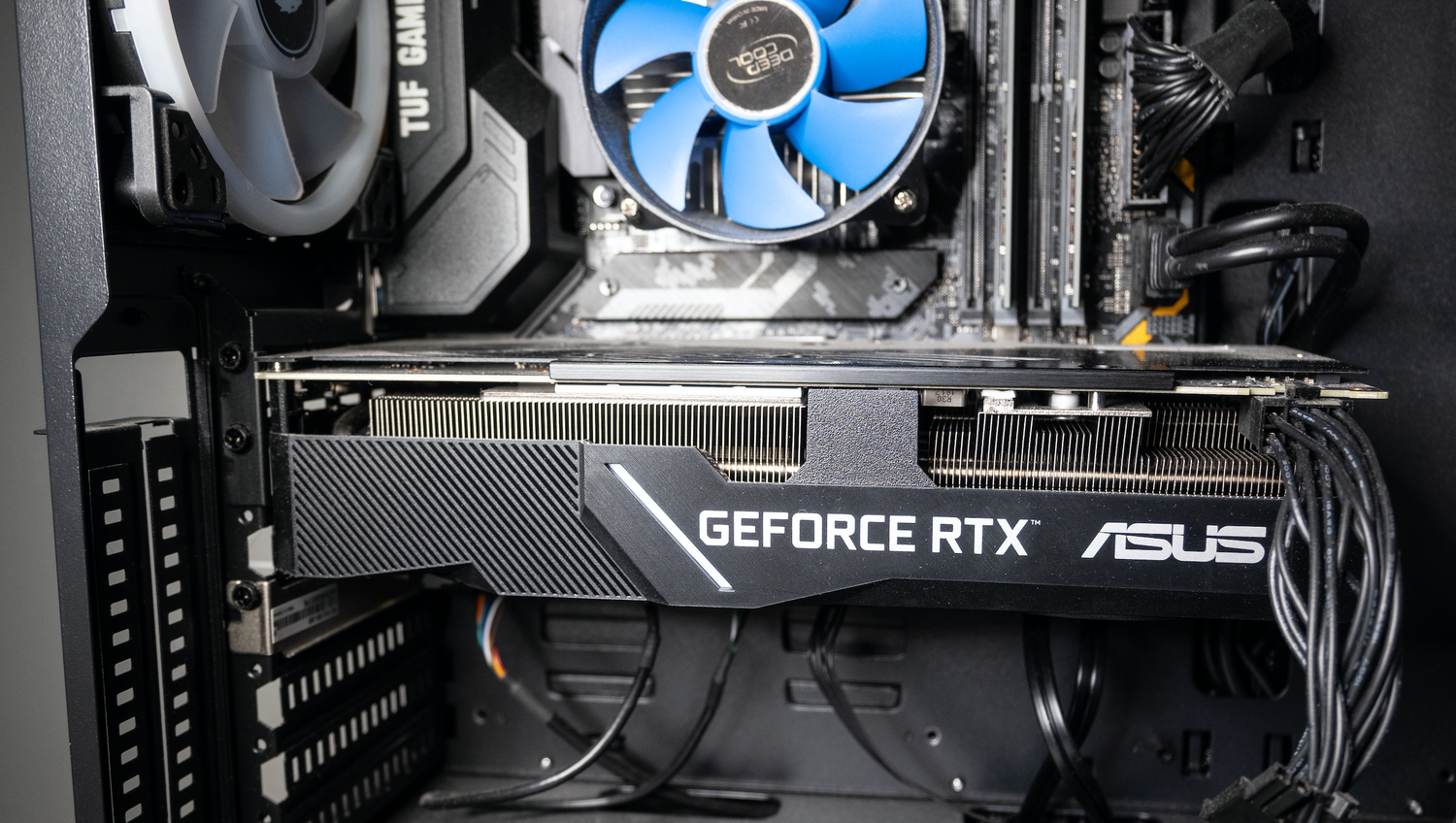
Dave Johnson/Business Insider
How to uninstall the old graphics drivers
If you're replacing a graphics card with a more modern version in the same family - for example, you're upgrading an older Nvidia card to a newer one - then you can skip this step.
But if you're switching from AMD to Nvidia, or vice versa, then you should uninstall your old graphics drivers before starting the new installation. You can use the Settings app in Windows to remove your Nvidia GeForce or AMD Catalyst software - check out our article on how to properly uninstall programs on Windows 10 for more information.
How to install the new graphics card
Thankfully, you'll only need one tool for this job: a small Phillips head screwdriver.
1. Completely turn off your computer by clicking the Start button, then "Power," and "Shut Down."
2. Remove the computer's side panel (it might be a tool-less case, or you may need to unscrew the panel).
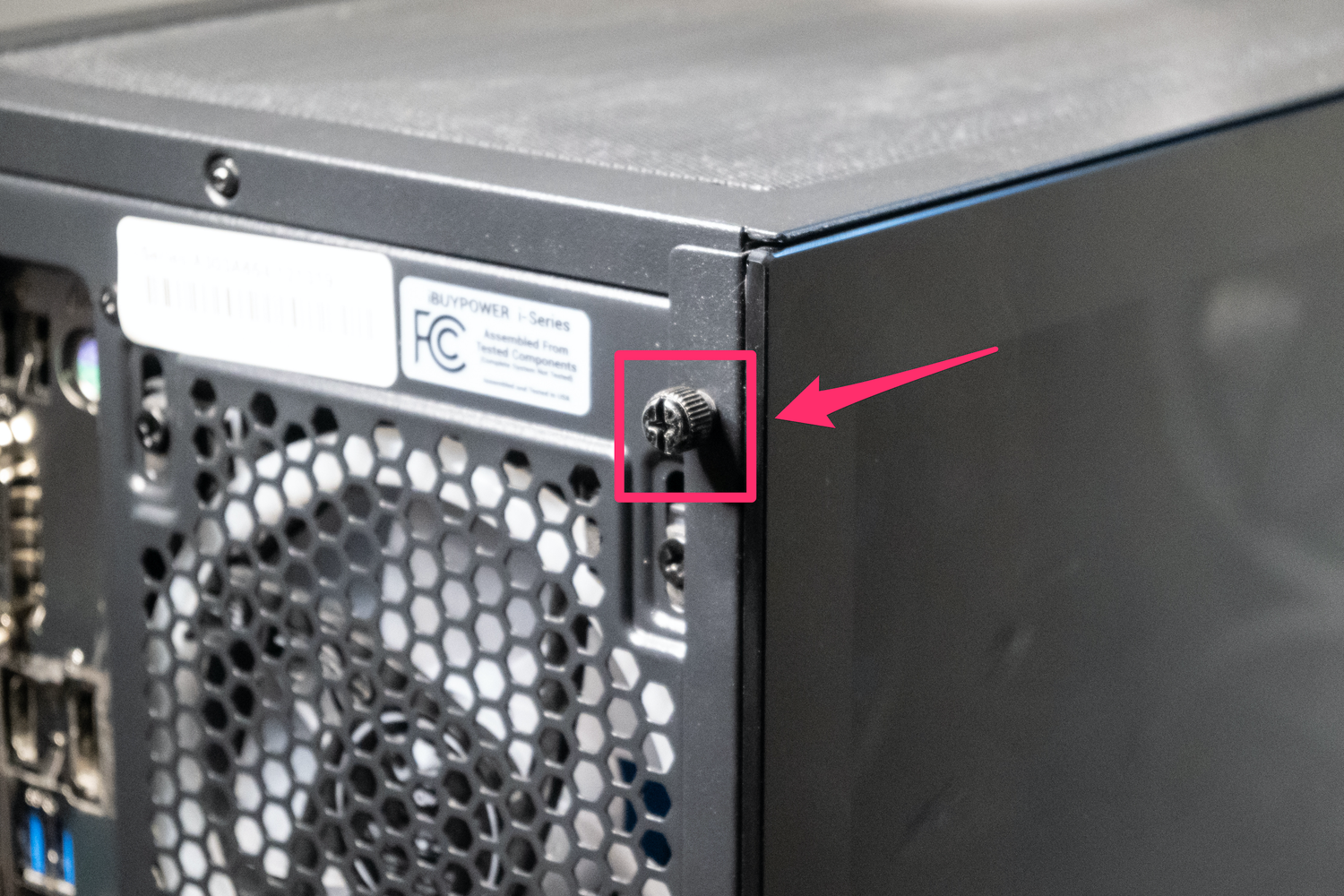
Dave Johnson/Business Insider
3. Find the graphics card. If you haven't already, disconnect the video cable that runs to the monitor. Then unscrew the backplate holding the graphics card down.
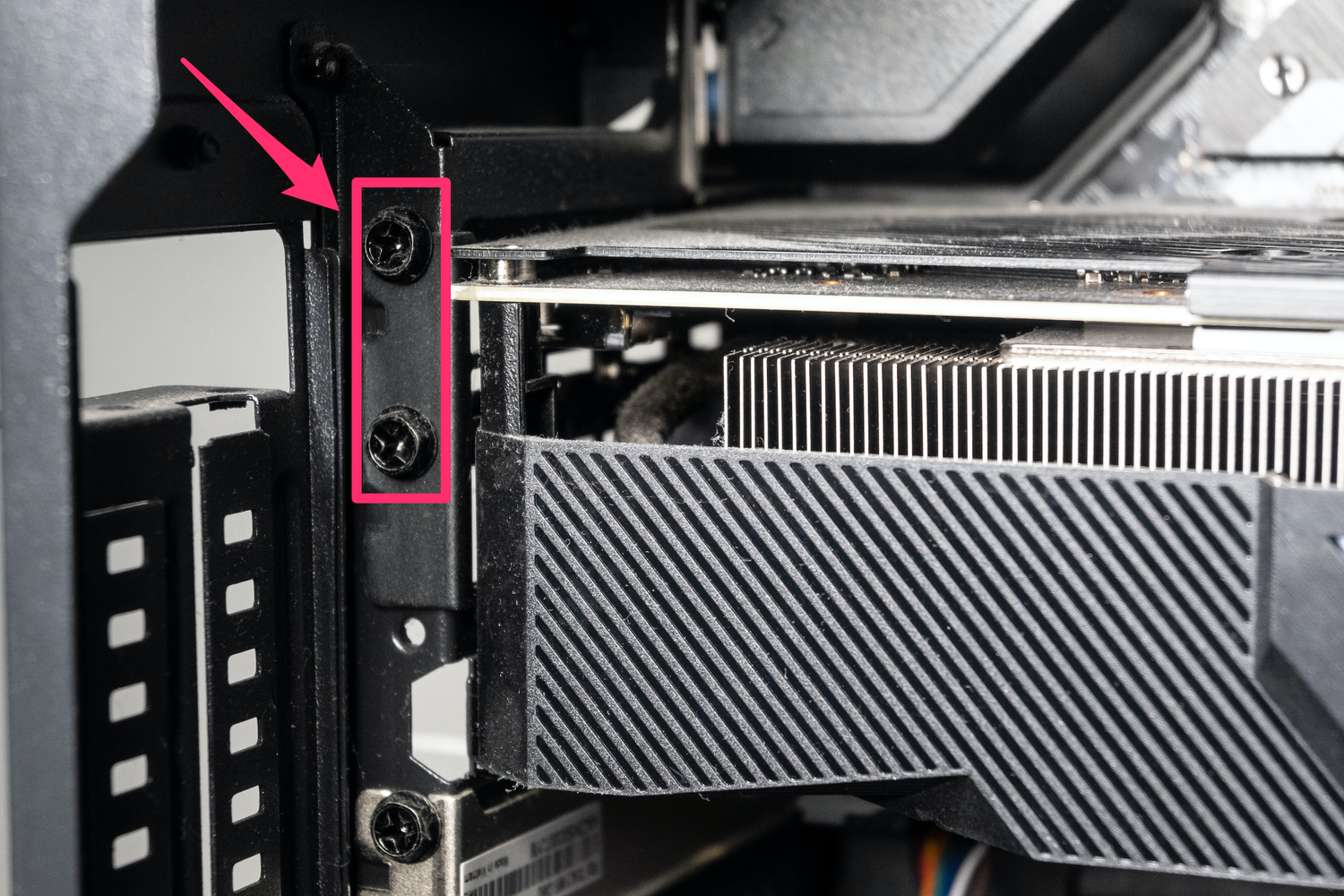
Dave Johnson/Business Insider
4. The graphics card is held down by a clip at the end of the PCI Express card slot. Unlock the clip.
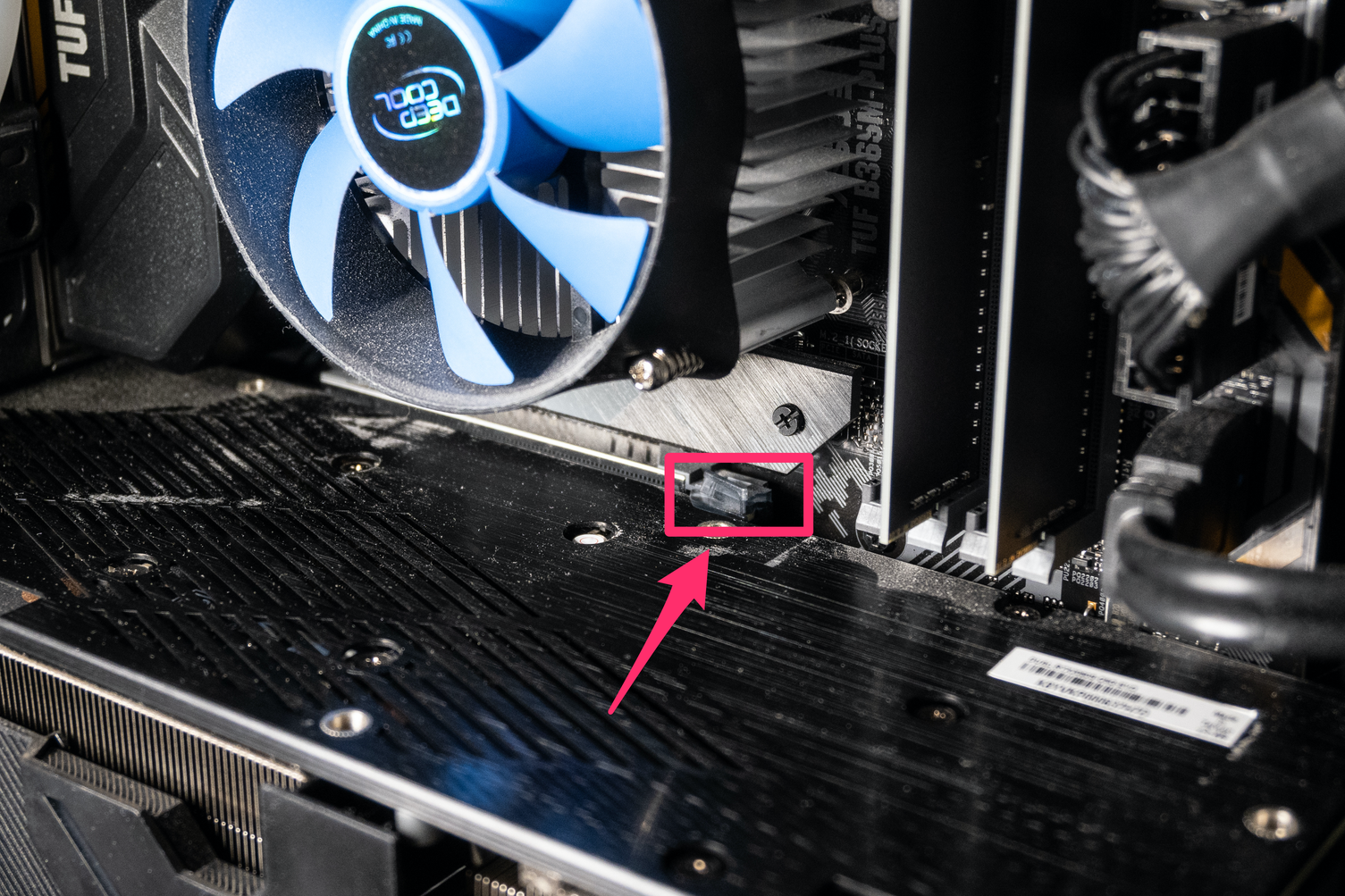
Dave Johnson/Business Insider
5. Gently rocking the card, remove the graphics card from the slot.
6. Take the new graphics card and, positioning it over the PCI Express slot you removed the old graphics card from, slide it into the slot. Again, you may need to gently rock it back and forth until it's fully seated in the slot and you hear the clip lock the card in place.
7. Screw the backplate down.
8. Connect the one or two PCI Express power connectors to the card.
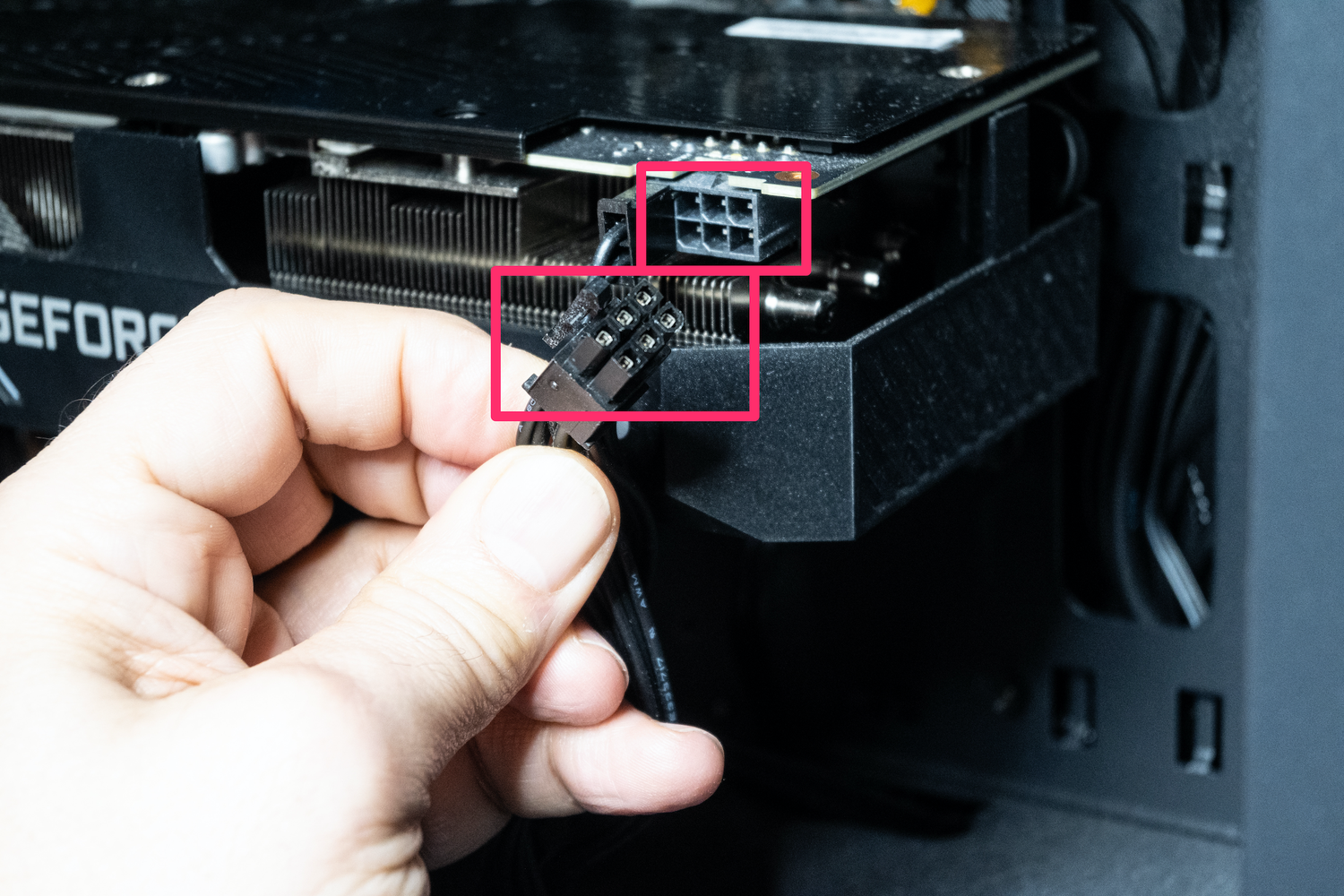
Dave Johnson/Business Insider
9. Reattach the side panel and reconnect any cables you had disconnected, including the cable to the monitor.
10. Turn the computer back on. Even though you haven't yet installed the graphics driver, your monitor should still display Windows, though it'll probably be at a lower resolution than usual. If nothing appears on the screen at all, shut down the PC and double-check all your connections - the monitor cable, power connections to the graphics cards, and ensure the card is fully seated in the slot.
11. After the computer starts normally, install the appropriate drivers. If you have an AMD-based graphics card, visit the AMD website's driver install page. For Nvidia cards, install the appropriate drivers from the Nvidia driver downloads page.
Related coverage from Tech Reference:
-
How to download Nvidia drivers to keep your computer's graphics running smoothly and vibrantly
-
How to update or reinstall your drivers in Windows 10 to keep your computer running smoothly
-
Your Windows computer runs using 'Drivers' - here's what they are, and how to find them
-
What is an SD card? Here's what you need to know about the small memory cards for electronic devices
-
How to clear an SD card and erase all of its data, including the hidden junk files you can't usually delete
